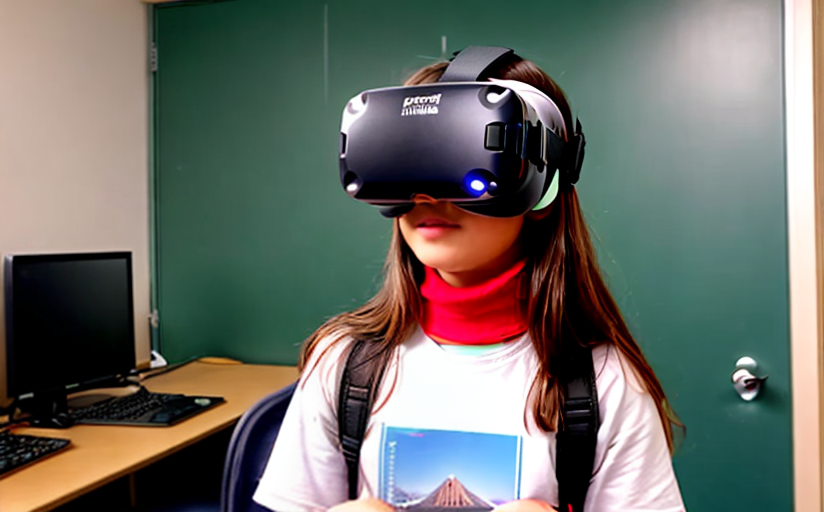Impact of Virtual Reality Technologies on Modern-Day Education
In this digital age, virtual reality (VR) technology has progressively infiltrated various sectors, with education being one of the significant adopters. VR technology has brought remarkable changes to the education sector, introducing revolutionary teaching and learning experiences for both educators and students. This article aims to delve deeper into how VR technologies are carving a new path in contemporary educational systems, their advantages, potential challenges, and the future prospects of VR technologies in education.
Virtual Reality Revolutionizing Teaching and Learning Experiences
Virtual reality, a simulated experience that can be similar to or completely different from the real world, lends a new and effective method of teaching which doesn’t rely solely on the traditional classroom setup. It brings subjects to life and allows users to interact with objects in a way that would be impossible in a two-dimensional space. In fact, according to a report by Capitation, educators who have started using VR technology claim that it increases student engagement by about 86%.
Benefits of VR in Education
Engaging Learning Experiences: VR creates a visual and interactive environment, captivating students’ attention more effectively than traditional teaching methods. This helps them understand complex subjects easier and promotes retention.
Safe Learning Environment: Practicing skills in virtual reality offers a safe learning environment, particularly in subjects like chemistry where real-life lab experiments could lead to harmful consequences.
Potential Challenges of Integrating VR into Education
Despite the numerous benefits, there are challenges to be addressed. These include the high cost of VR hardware, the need for technical knowledge and training for educators, and the potential for motion sickness in some users. Furthermore, there is a concern for the technological disparity between schools, widening the gap between privileged and underprivileged students.
A Glance into the Future: Virtual Reality in Education
The future prospects for VR in education are promising. As technology costs go down and becomes more accessible, we anticipate larger scale integration in classrooms. Moreover, growing virtual reality’s educational content will enrich students' experience and make learning more interactive. A study by TechSci Research predicts the VR in education market will witness a promising growth of about 55% from 2021 to 2026.
Conclusion
Virtually reality has the potential to transform teaching and learning experiences in a considerable way. The benefits are numerous, but important steps need to be taken to address education disparities and establish strategies for effective integration of VR technology into traditional classrooms. Taking these steps could help realise the full potential of VR in enhancing our educational systems.




















Comments
Leave a Comment